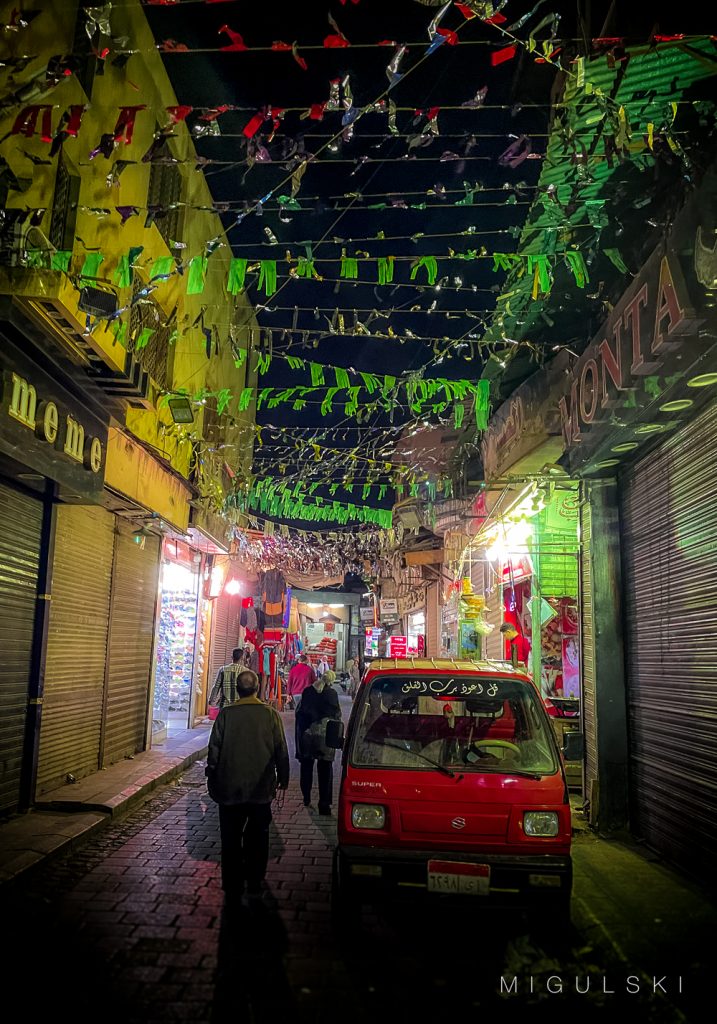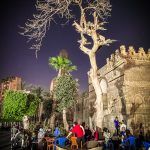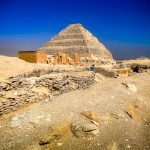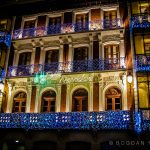
Ramadan, the ninth month of the Islamic lunar calendar, is observed by Muslims around the world as a time of fasting, prayer, reflection, and community. While the core principles and practices of Ramadan are consistent across Muslim-majority countries, the experience and cultural traditions during this holy month can vary from one country to another. Here’s a glimpse of what Ramadan is like in Egypt compared to some other Muslim countries:
- Egypt:
- Suhoor and Iftar: Egyptians traditionally begin their pre-dawn meal (suhoor) with dishes like beans, foul medames, bread, and dates. The meal is often hearty and nutritious to sustain individuals throughout the day. At sunset (maghrib), families and communities come together to break their fast (iftar), often starting with dates and water, followed by a larger meal.
- Lanterns (Fanous): Egyptians are known for their ornate lanterns, called “fanous,” which are a common sight during Ramadan. These lanterns are often brightly colored and hung in homes and streets to create a festive atmosphere.
- Special Foods: Egyptian cuisine during Ramadan includes traditional dishes like “koshari,” a mixture of rice, lentils, macaroni, and chickpeas, and “qatayef,” a sweet dessert. These foods are commonly enjoyed during the month.
- Taraweeh Prayers: Muslims in Egypt gather at mosques to perform Taraweeh prayers, which are special nightly prayers held during Ramadan. These prayers often include the recitation of the Quran, and the mosques are beautifully decorated for the occasion.
- Saudi Arabia:
- In Saudi Arabia, the birthplace of Islam, Ramadan is a significant and deeply religious occasion. The atmosphere is marked by a strong focus on religious practices and spirituality.
- The Grand Mosque in Mecca and the Prophet’s Mosque in Medina draw millions of Muslims from around the world for the special nightly Taraweeh prayers.
- Traditional Saudi cuisine is enjoyed during Ramadan, with dates and Arabic coffee being a staple for iftar. Special dishes like “mandi” (a spiced rice and meat dish) are also popular.
- Indonesia:
- Indonesia, the world’s most populous Muslim-majority country, celebrates Ramadan with great enthusiasm. The month is characterized by communal iftar events and Taraweeh prayers.
- Traditional Indonesian dishes like “ketupat” (rice cakes in woven palm leaf pouches) and “rendang” (spicy beef stew) are commonly served during Ramadan.
- Indonesians often light oil lamps called “pelita” to decorate their homes and neighborhoods during the month.
- Morocco:
- In Morocco, the holy month is marked by special prayers, including the Taraweeh, and communal iftar gatherings.
- Traditional Moroccan foods like “harira” (a hearty soup), “pastilla” (a savory pastry), and dates are commonly enjoyed during Ramadan.
- The atmosphere in Moroccan cities like Marrakech and Fes is festive, with special Ramadan decorations and markets.
In summary, while the core practices of Ramadan are universal among Muslims, the cultural traditions and regional foods associated with the month can vary from one country to another. Egypt, like other Muslim-majority countries, has its own unique customs and culinary delights that add to the richness of the Ramadan experience.






